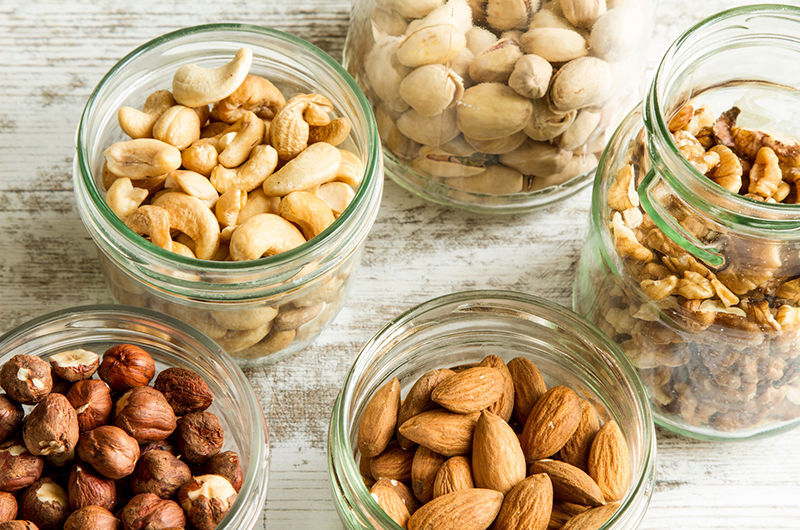
While many people are caught up in the world of wanting to lose weight, there’s a smaller group of people who are trying to gain weight. For some, it’s the desire to add muscle mass to their frame. For others, there is a medical necessity to gain weight due to unplanned weight loss caused by a health condition. For most people, when the goal is to gain weight, that weight is ideally gained in the form of lean muscle; not fat.
In order to gain weight, you have to take in more calories than you burn and create a state of positive calorie balance. Some people might think that it’s a license to eat whatever they want, but what you eat is as important as how much you eat. You want to choose food with a high nutritional value to ensure you’re getting a wide range of vitamins and minerals.
There are a lot of misconceptions about how to properly increase muscle mass. The most common misconception is that eating more protein or taking supplements will build new muscle tissue. In order to build new muscle, a stimulus in the form of weight or resistance needs to be applied to the muscle. During the recovery period, proper nutrient intake and an overall higher calorie diet will help you achieve new muscle growth. To see results in muscle strength and size, protein synthesis must be greater than breakdown for a prolonged period of time. This can take weeks to months. In order to gain muscle mass follow these four nutrition tips:
1. Eat more calories

One of the easiest ways to increase caloric intake is to switch to higher-calorie versions of food you might already eat, like choosing whole milk yogurt instead of fat-free yogurt. Aim for an additional 300 to 500 calories per day above your current caloric needs and make sure you continue to get a balance of all three macronutrients—carbohydrates, protein and fat.
2. Choose low-volume, calorie-dense foods

Items like nuts, seeds and dried fruit pack a lot of calories and nutrition into a small package. When increasing caloric intake, it’s often hard to eat significantly more food than you’re accustomed to, so snacking on mixed nuts is a great way to get in an additional 200 calories.
3. Eat smaller, more frequent meals

Consuming a smaller meal every two to four hours makes it easier to ensure optimal nutrient intake. Aim for consistency, in both weight training and in fueling. Regularly scheduled meals and snacks that consist of an even distribution of your macros throughout the day is extremely important.
4. Pre- and post-workout meals
Greater protein synthesis occurs when consuming protein essential amino acids (EAAs) and carbohydrates immediately before, during and after resistance training. A post-weight training recovery meal should contain carbohydrates and protein in a 3-4:1 ratio.
Here’s a list of our favorite high-calorie, nutrient-dense snacks:
- Nut butter (almond, peanut or cashew) and whole grain bread or crackers
- Granola or muesli with 2 percent or whole milk plus chopped nuts and dried fruit
- Fresh or dried fruit paired with nuts, seeds and a protein source (turkey, chicken, etc.)
- Trail mix with dried fruit and nuts
- Meal replacement shakes (whey, plant protein powder) with the addition of ground flax or chia seeds
- Whole milk Greek-style yogurt, kefir or cottage cheese
- Cheese and whole grain crackers
- Hummus and whole grain pita bread
- Fruit and nut-based energy bars




 by
by 








